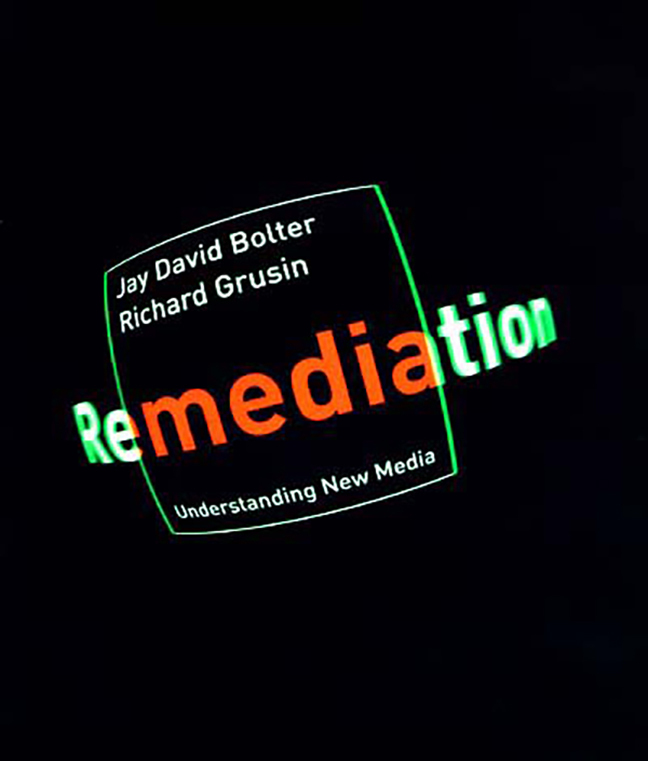This article is from the free online
Literature in the Digital Age: from Close Reading to Distant Reading


Reach your personal and professional goals
Unlock access to hundreds of expert online courses and degrees from top universities and educators to gain accredited qualifications and professional CV-building certificates.
Join over 18 million learners to launch, switch or build upon your career, all at your own pace, across a wide range of topic areas.

 Cover of Bolter and Grusin, ‘Remediation’, © The MIT Press
Cover of Bolter and Grusin, ‘Remediation’, © The MIT Press
 Book of hours, Paris c. 1410, © Wikimedia, public domain
Book of hours, Paris c. 1410, © Wikimedia, public domain






